Creating an app that users can’t live without comes down to three key elements: understanding user needs, delivering personalization through smart technology, and maintaining performance with regular updates. Successful apps focus on these strategies:
- Personalization: Apps like Spotify use AI to tailor experiences, boosting engagement by up to 400%.
- User-Centric Design: Simple, fast, and accessible interfaces improve retention. For example, apps loading in under 3 seconds reduce user drop-off significantly.
- Advanced Features: Tools like AR (e.g., IKEA Place) and 3D scanning enhance usability and interaction.
To stand out, prioritize user research, seamless design, and cutting-edge technology while consistently updating based on feedback. These steps ensure your app remains indispensable.
Cracking app user retention: Essentials for building habit loops
Understanding User Needs for App Success
Creating an app that users rely on starts with a thorough understanding of their needs, behaviors, and challenges. Building on earlier personalization trends, this foundation is crucial for designing experiences that truly resonate.
Market Research and User Analysis
Market research combines qualitative and quantitative methods to uncover what users want and where competitors fall short. This process highlights gaps in the market that can be turned into opportunities [3].
| Research Method | Key Insights |
|---|---|
| User Interviews | Common frustrations and feature ideas |
| Competitor Analysis | How others position their offerings |
| Usage Analytics | Engagement trends and user behavior |
This research directly influences the technical development of personalization features (see Section 4). For instance, apps that deliver tailored content and messaging boast a 13% higher retention rate than those with generic strategies [1].
These findings help prioritize design elements like onboarding processes and feature layouts, which will be discussed in the next section.
User Personas and Journey Maps
Detailed user personas turn raw data into actionable strategies. Nir Eyal’s Hook Model provides a strong framework for this:
"The Hook Model consists of four key stages: Trigger, Action, Variable Reward, and Investment. It aims to create a feedback loop that encourages repeat usage." – Nir Eyal
This method is widely used by top-performing apps, where behavioral insights guide the design of core features.
Critical points in the user journey include:
- First-time onboarding: Making a great initial impression.
- Core feature interactions: Ensuring users find value quickly.
- Retention drivers: Features like social integration that keep users coming back.
Designing an Easy-to-Use App
Creating an app that’s simple and efficient to use is key to keeping users engaged over time. A strong technical foundation ensures that personalization features work smoothly and meet user expectations.
App Performance and Speed
Did you know that apps loading in under 3 seconds see fewer users leaving? Here’s how top apps make it happen:
| Performance Factor | Impact on Users | How It’s Achieved |
|---|---|---|
| Loading Speed | Keeps users from leaving | Optimizing images, smart caching |
| Response Time | Boosts satisfaction | Cutting down on API calls |
| Memory Usage | Enables real-time features | Streamlining resource use |
Take Spotify, for example. In 2024, they improved their app’s loading time, leading to a 25% drop in users abandoning the app on their first try.
"The first three seconds of app launch are critical. Every 100ms delay in app load time can hurt conversion rates by 7%." – From Google’s Mobile Performance Study
App Accessibility Across Devices
With users relying on multiple devices, ensuring your app works seamlessly across platforms is more important than ever. Tools like React Native and Flutter allow developers to create apps that feel consistent on all devices while saving on development time and cost. This ensures users enjoy the personalized content flows that were built using their personas (see Section 2).
Key Optimizations for Cross-Device Compatibility
- Flexible layouts that adapt to different screen sizes
- Touch-friendly buttons and controls with proper spacing
- Uniform branding and user experience across platforms
- Integration of features specific to each operating system
- Fine-tuning performance for a range of device capabilities
- Following UI patterns that align with each OS
These steps lay the groundwork for adding advanced features like AI tools and 3D scanning, which we’ll dive into next.
sbb-itb-7af2948
Using Technology to Boost App Value
AI and Machine Learning for Personalization
Spotify’s recommendation engine is a great example of how AI can create a better user experience. By analyzing listening habits, it generates personalized playlists, leading to a 30% increase in user engagement compared to generic content. These machine learning models rely on user personas and journey maps (discussed in Section 2) to anticipate user needs effectively.
| AI Feature | Impact | Result |
|---|---|---|
| Behavioral Analysis | Tailored Content | 400% higher engagement with personalized notifications [1] |
| Predictive Analytics | Proactive Suggestions | Cuts user search time by 45% |
| Smart Recommendations | Relevant Discovery | 2.5x increase in feature adoption |
Adding Advanced Features
Personalization is just the beginning. Integrating advanced hardware features can take apps to the next level. Nike Run Club shows how combining social elements with performance tracking can lead to impressive results – a 78% increase in user retention among runners who connect with friends through the app [2].
Some advanced features making waves include:
- 3D Scanning: Warby Parker’s Virtual Try-On lets users preview glasses, lowering return rates by 27%.
- Bluetooth Mesh: Enables seamless control of smart devices throughout the home.
- Augmented Reality (AR): IKEA Place uses AR to help shoppers visualize furniture, boosting purchase confidence by 35%.
Sidekick Interactive: A Partner in App Development
Specialized partners play a key role in scaling apps while maintaining performance. Sidekick Interactive excels in integrating features like 3D scanning, Apple Vision Pro, and Bluetooth Mesh into custom native apps. They address cross-platform challenges while keeping apps running smoothly.
Partnering with experts like Sidekick Interactive ensures:
- Smooth integration of cutting-edge features
- Consistent performance across various devices
- Scalable designs to support future technology
- Adherence to industry-specific compliance and security standards
For instance, Sidekick Interactive helped a luxury retailer incorporate Apple Vision Pro for virtual product previews. This reduced product returns by 22% while ensuring load times stayed under 3 seconds (as noted in Section 3).
Maintaining App Improvement and User Engagement
Gathering and Using User Feedback
Apps that integrate structured feedback loops see a 32% higher user retention rate compared to those relying on fixed strategies [1]. To make the most of user feedback, combine multiple channels to guide development decisions effectively.
| Feedback Method | Insight Generated | Action Required |
|---|---|---|
| In-app Surveys | Specific feature requests and issues | Adjust development priorities |
| Usage Analytics | Engagement trends and drop-off points | Streamline key user interactions |
| App Store Reviews | Public sentiment and competitor gaps | Resolve recurring complaints |
Make sure to align feedback analysis with the user personas mentioned in Section 2.2. This ensures updates focus on areas that matter most to your audience. These insights play a key role in shaping update strategies that improve performance (discussed in Section 3) while delivering fresh features.
Planning App Updates and Roadmaps
When creating update roadmaps, aim to balance new features with ease of use. Build on core technical strengths like AI-driven personalization (Section 4.1) and seamless cross-device functionality (Section 3.2). For instance, research shows that personalized push notifications can lower app abandonment rates from 25% to 19% [1].
Here’s what successful app maintenance looks like:
- Regular Performance Updates: Keep applying the speed optimization techniques outlined in Section 3.1. Users expect apps to load in 2-3 seconds, so maintaining fast performance is key to keeping them engaged.
- Feature Updates: Base new features on user behavior patterns and market trends to stay relevant and competitive.
- User Experience Tweaks: Use data to make small but impactful UX improvements that enhance the overall app experience.
Conclusion: Building a Lasting App
Creating an app that users can’t live without starts with understanding their needs and delivering personalized experiences. Retention-focused strategies are key to ensuring long-term success, from the initial research phase to the final deployment.
Here are the three essential elements of a successful app:
- User-driven design: Putting user needs at the forefront (Sections 2-3).
- Smart technology choices: Integrating tools and features effectively (Section 4).
- Ongoing maintenance: Keeping the app fresh and functional (Section 5).
| Key Factor | Benefit |
|---|---|
| Personalization | Boosts user engagement by up to 400% [1] |
| Community Building | Strengthens user loyalty and retention |
| Regular Updates | Ensures the app stays relevant and useful |
Advanced technology plays a big part in delivering value. Features like AI-powered personalization and tools such as 3D scanning create memorable experiences that encourage users to return again and again.


